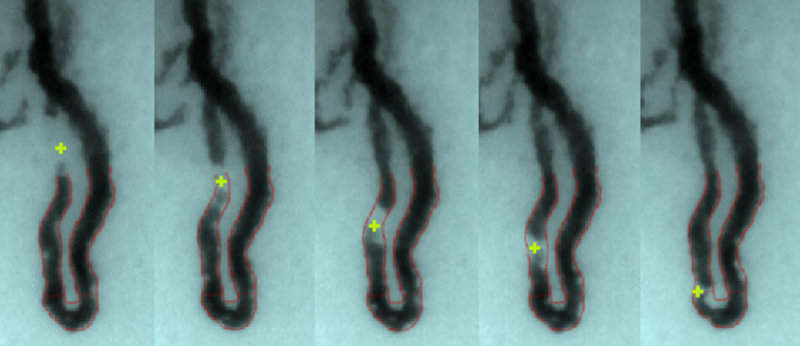
A research team from Massachusetts Institute of Technology (MIT) has developed a portable, non-invasive monitor that can detect a reduction in white blood cells among chemotherapy patients in one minute without drawing blood.
The research, funded by the National Institute of Biomedical Imaging and Bioengineering (NIBIB) and led by Carlos Castro-Gonzalez, was driven by the data that chemotherapy causes a sharp fall in white blood cells and nearly 17% of the time it causes infectious disease in the patient.
The monitoring device is able to determine which post-chemotherapy patients must immediately start treatment to increase their white cell blood count and avoid infection.
The researchers expect that by administering patients with agents that increase white blood cell production and prophylactic antibiotics, it would be possible to immediately prevent nearly half of the 110,000 infections in chemotherapy patients in the US annually.
The portable device, tested on 11 patients, captures a video of blood movement through the fingernail capillaries. It helps in identifying the white blood cells which are significantly larger than the red blood cells.
How well do you really know your competitors?
Access the most comprehensive Company Profiles on the market, powered by GlobalData. Save hours of research. Gain competitive edge.

Thank you!
Your download email will arrive shortly
Not ready to buy yet? Download a free sample
We are confident about the unique quality of our Company Profiles. However, we want you to make the most beneficial decision for your business, so we offer a free sample that you can download by submitting the below form
By GlobalDataThe system uses a blue light to make the white cells appear transparent and the red cells appear darker.
As the white cells are nearly as wide as the capillary, they appear as a white ‘gap’ enabling quick identification. These gaps can be counted to assess the change in white blood cell count.
Initially, the white cells were counted manually but the research team is working to add a computer counting to the system to automate the process.
Castro-Gonzalez said: “Our system proved to be 95% accurate in determining whether an individual’s white cell levels were reduced to dangerous levels.
“This was achieved using the counts of our human observers; preliminary results indicate that the automated machine-vision counting system we are developing can improve this level of accuracy.”
This work was published in the journal Scientific Reports.








